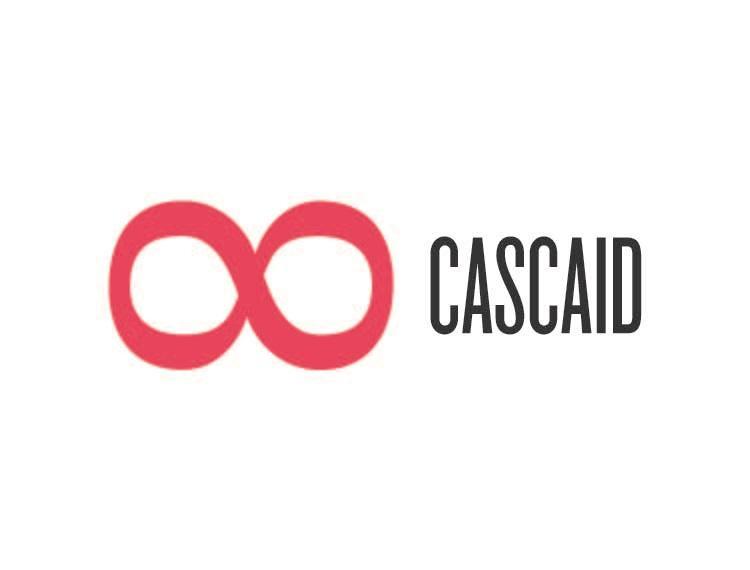What you need to know about the curriculum reform

There has been much debate and discussion for some time now over the term ‘curriculum reform’. But what does it all mean and how will it affect students, teachers and careers advisers alike?
Why the reform?
The reform has been introduced as a response to the criticism that the current 14-18 qualification suite was ‘too easy’, or didn’t equip young people with the skills they require before they enter the workplace – resulting in employment based skills shortages.
In a careers report for 2016, online careers information and guidance solutions company, CASCAID, has also highlighted the skills that young people believe they need to improve in order to access the careers they are interested in. The results show that young people recognise the value and importance of strong maths skills and know they need to continue to develop skills in this area, which is an area many employers cite.
Pervading CASCAID’s data is information relating to the lack of interest, skills and career direction in Science, Technology, Engineering and Mathematics (STEM).
In exploring and shortlisting careers, STEM careers remain amongst the lowest. Only four of the most popular careers in terms of exploration are associated with STEM and these are either related to Biological Sciences or Information Technology. Looking at shortlisted careers again, only four STEM careers feature in this year’s top 50 careers.
Addressing the weaknesses in this area has been a focus for UK government for a number of years not just because of labour market shortfalls but also because STEM skills are important to all young people in developing life skills regardless of the career they choose.
Grades have also been an issue. Every August there are repeated news features reporting the rise once again in GCSE and A level grades, followed by the predictable cry of, ‘they’re too easy!’ Curriculum reform was born out of the desire to challenge these perceived issues.
The reforms can be divided into three areas of the curriculum, GCSEs, A levels and BTECs (14-16, 16-18, vocational)
GCSEs
The most visual, immediately noticeable, and possibly the most problematic reform, is the change to the GCSE grading system. No longer will GCSEs be graded A*-G. In order to reduce the number of students receiving A* grades, the new GCSEs will now be graded 9-1, with 9 being the highest and 1 the lowest. U will still represent ungraded.
The most obvious issue here concerns comparisons with the old/current grading system (8 different grade levels are now becoming 9). What, for example, is the new equivalent to a grade C? This could cause problems for employers and universities when they are comparing applications.
A levels
The biggest immediate change to the new A levels is the fact that A levels and AS levels have now been ‘de-coupled’. AS levels now constitute a standalone, separate qualification, and do not count towards an A level grade.
Previously, AS levels constituted 50% of an A level UCAS tariff; but the new UCAS tariff counts for only 40%. So the continued value of AS levels is a question which is bound to be raised.
BTECs
BTECs are also undergoing reform. There will be more external assessment, more core mandatory units, students will only be allowed one resit, the Maths and English requirement will be strengthened and Level 3 BTECs will be split into Applied, General and Technical.
Timescales
Curriculum reform is being phased in over a number of years, with certain subjects being introduced each September. The first GCSE and A level cohort are currently in their second year of study, with the first exams being sat this summer (2017).
No doubt, as the reform is phased in and the first exams sat, there will be many more questions raised and news features reported. The debates and discussions will continue.
To view GCSE and A level changes in detail, download Curriculum Reform eBook
To view the STEM research in detail, download the Careers Report 2016











Responses